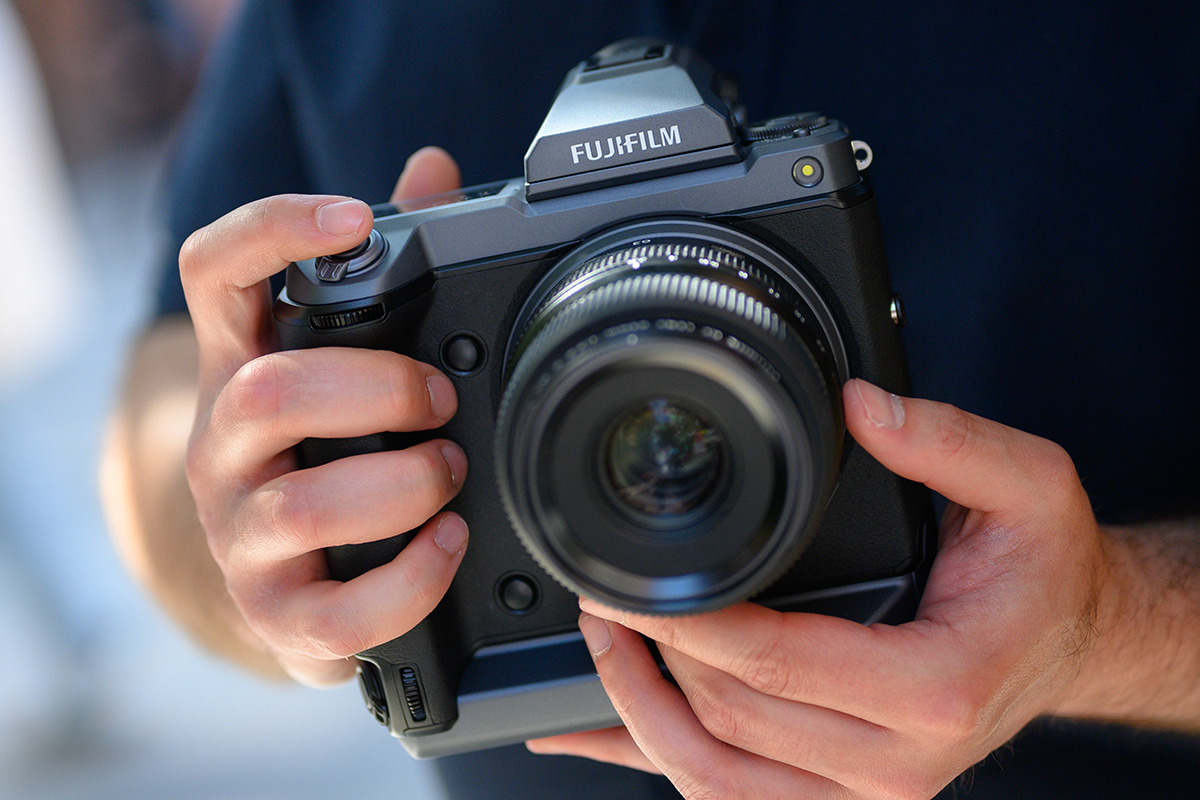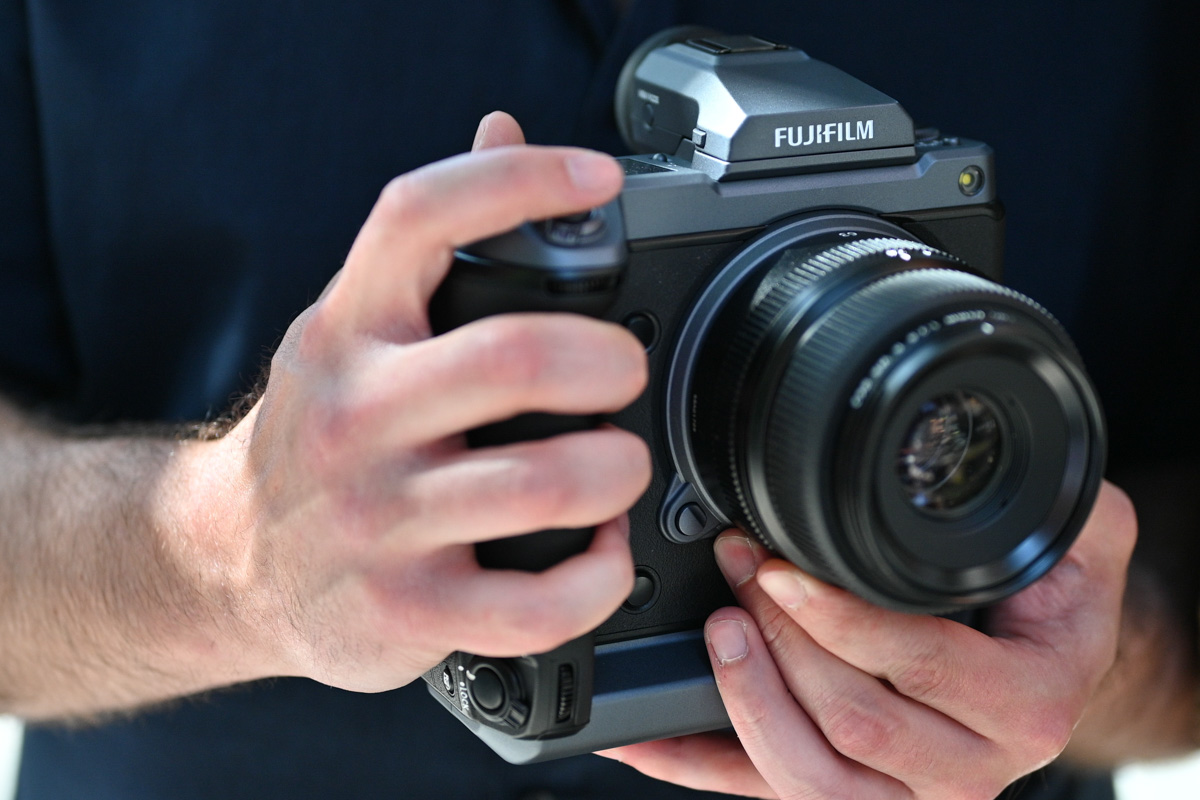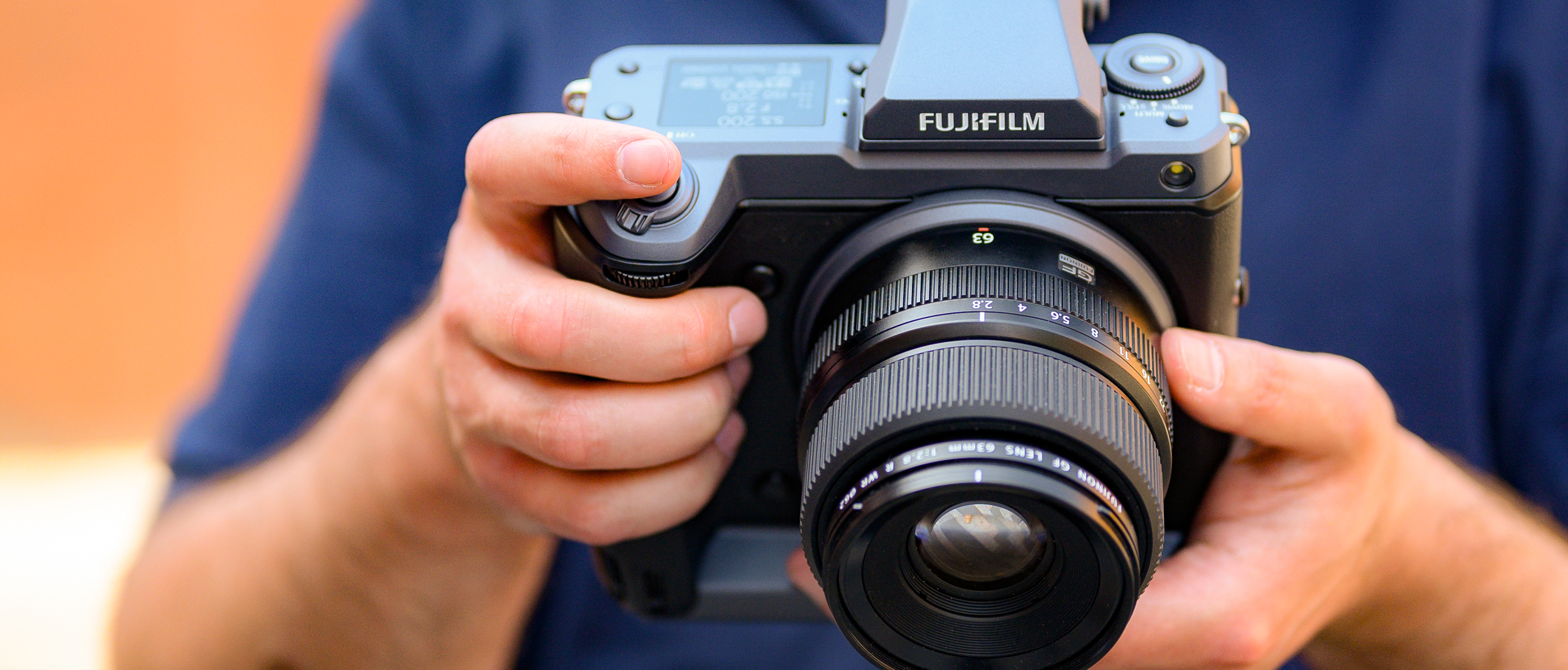TechRadar Verdict
Even with a handful of small foibles, there's little doubt the GFX 100 is a landmark medium format camera. A hugely impressive level of image quality, underpinned by years of X-series technology, together with the best EVF around, speedy focus, great 4K video and effective image stabilization, make for a dazzling result.
Pros
- +
Remarkable detail in images
- +
Big, clear and detailed EVF
- +
Sensor-based I.S. is a huge plus
- +
Very low image noise
- +
AF faster than previous GFX models
Cons
- -
EVF can get in the way of the LCD
- -
Vertical grip design not ideal
- -
Cont. AF can get lost during bursts
- -
Limited lens selection right now
- -
Menu and Q menu don't rotate
Why you can trust TechRadar
Fujifilm had already done a good job of redefining what we should expect from medium format cameras before the Fujifilm GFX 100 came along, but this third addition to its GFX line is quite a departure from the previous GFX 50S and GFX 50R models that laid its foundations.
Here, the sensor is the star, carrying 102MP. Being able to output images with this kind of resolution is not new, nor is it confined to medium format models. But it's the combination of the camera's medium format sensor, mirrorless design, price point and the fact that such images are output as standard, rather than though any special sensor-shifting wizardry, that makes the GFX 100 special.
Features
- 102MP medium format BSI CMOS sensor
- 5-axis sensor-based image stabilization
- G lens mount
Fujifilm refers to the 102MP sensor inside the GFX 100 as being "large" format, although it bears the exact same dimensions as the sensors inside the GFX 100's sister models that Fujifilm classes as medium format. It boasts a back-illuminated design for better light gathering, and is fronted by a conventional Bayer RGB color filter array, rather than being based on the X-Trans architecture found inside most of the company's X-series models.
Sensor: Medium format, back-illuminated 102MP sensor with Bayer color filter array
Lens mount: G Mount
Screen: 3.2-inch touchscreen LCD with three-axis tilt, 2.36 million dots
Viewfinder: Detachable EVF, 5.76 million dots, 0.86x magnification
Burst shooting: 5fps (2.9fps with electronic shutter)
Autofocus: Hybrid phase- and contrast-detect AF
Video: 4K to 30p
Connectivity: USB-C (3.2 Gen1), micro HDMI (type D), 3.5mm mic port, 3.5mm headphone port, Wi-Fi, Bluetooth 4.2
Battery life: Approx. 800 frames (CIPA rating)
Weight: Approx. 1,320g / 46.6oz. (including batteries and memory card)
The company's G lens mount in front of the sensor accepts a small but growing collection of GF lenses, which is split between prime and zoom options, and currently covers a reasonable selection of focal lengths and apertures. Some of these options have their own Optical Image Stabilization (OIS) systems, although the GFX 100 comes equipped with its own five-axis sensor-based stabilization system that can work on its own or in concert with these systems, to the tune of 5.5 stops – not something we've seen before on a medium format camera.
While the GFX 50S and GFX 50R have each been furnished with a contrast-detect AF system, the Fujifilm GFX 100 combines this with phase-detect AF to create a hybrid system. The phase-detect component charges 3.76 million pixels on the sensor to perform focus (although it doesn't have 3.76 million focusing points, as such), and this bodes well for fast focus and subject tracking, both for stills and when recording videos.
Videos themselves can be recorded to both DCI and UHD flavors of 4K, each in a choice of 29.97, 25, 24 and 23.98p, for up to 60 minutes at a time. 2K and Full HD videos, at 2048 x 1080 or 1920 x 1080 resolutions respectively, can be recorded at the same frame rates as above, in addition to 59.94 / 50p options, while 3.5mm ports for microphones and headphones are located on the camera's side.


Aside from the 102MP sensor, the main differences between the GFX 100 and the previous GFX 50S and GFX 50R are the sensor-based image stabilization system, the option to capture 16-bit raw files, an EVF with a far higher resolution, a faster 5fps burst mode, and the presence of phase-detect AF to form a hybrid AF setup.
There's no viewfinder built into the body itself, although a detachable one that slips into the camera's hotshoe is provided as standard – and it boasts quite the spec sheet too. Its 5.76 million dots give it a resolution that's only matched by the Panasonic S1 and S1R right now, while its 0.86x magnification is particularly generous.
The viewfinder is joined by three separate displays: one standard display on the rear, a sub-monitor just beneath this, and a status LCD on the top plate, a design that mirrors the setup of pro DSLR cameras such as the Nikon D5 or Canon EOS-1D X Mark II. The main display appears to be the same as that on the GFX 50S, namely a 3.2-inch touchscreen that can be adjusted over three axes with 2.36 million dots, which compares very favorably to those on other high-end mirrorless cameras.
The camera has been designed with two SD-type card slots, and these accept SDXC and SDHC (and older SD) cards. Each supports UHS-I and UHS-II cards, as well as the Video Speed Class V90 standard. The body accepts two NP-T125 batteries, which gives it a very respectable battery life of 800 frames per charge (according to CIPA), and USB charging is also possible.
